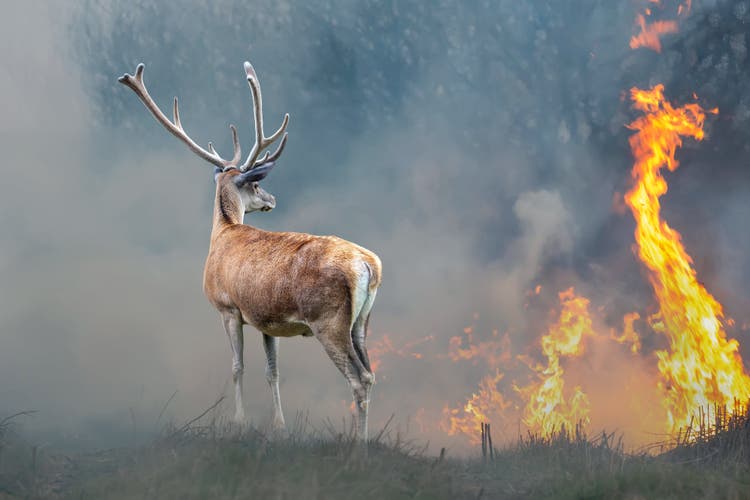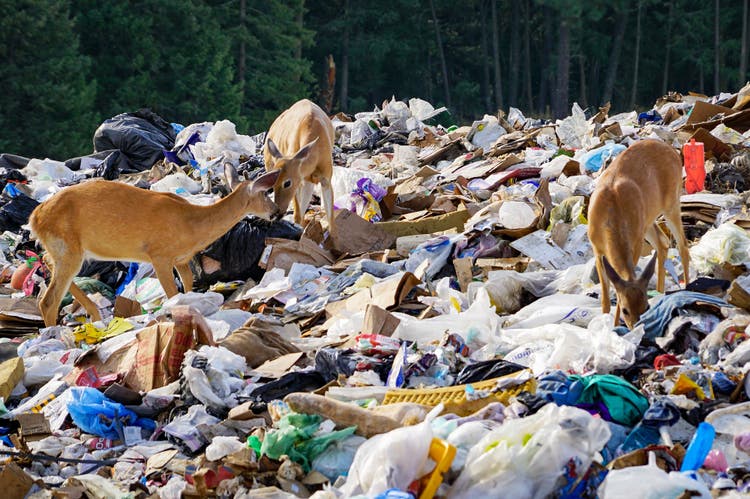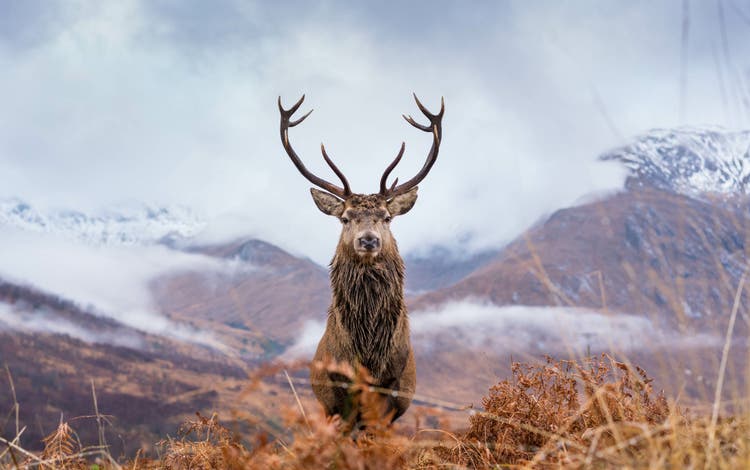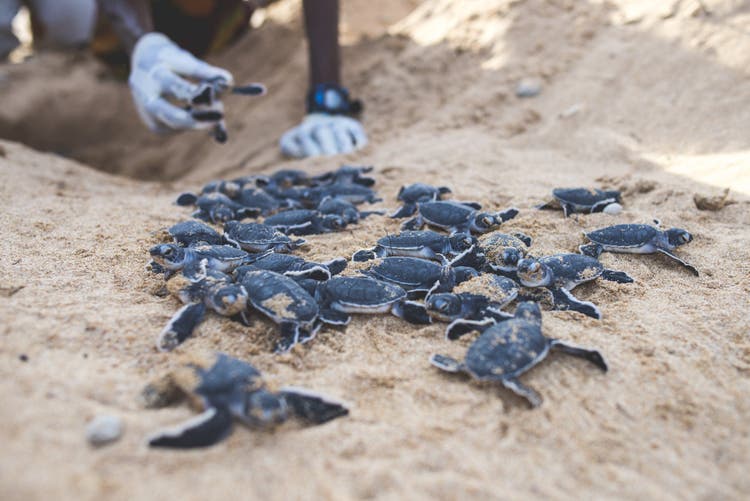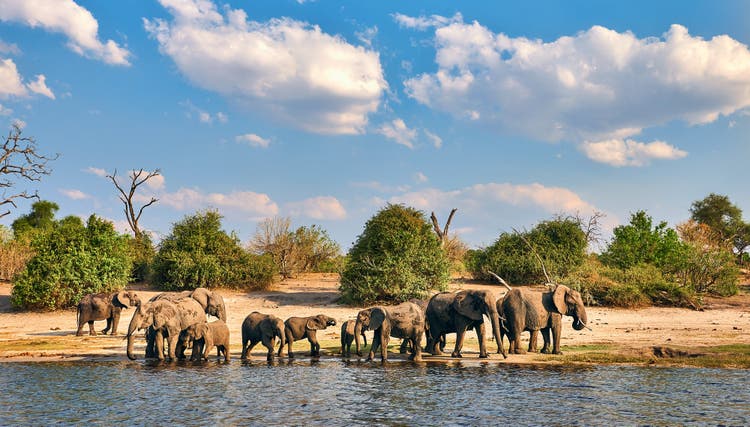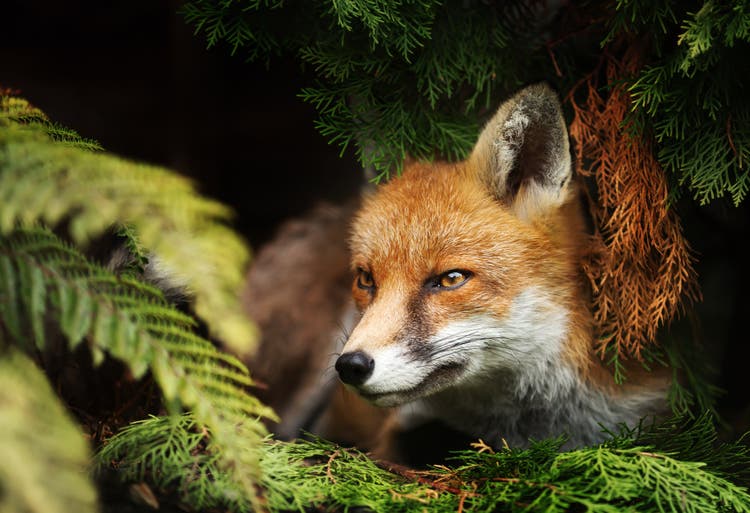Photography has the power to move people in ways few other mediums can. Photographs can make strong statements about our world and our lives. Conservation photography is no exception. As a form of advocacy, conservation photography plays a vital role in raising awareness of the threats to our environment and its inhabitants. If you enjoy wildlife photography, are a devout environmentalist, or just want to get involved in advocacy work then consider taking up conservation photography or photojournalism.
Conservation photographers work within their local environments, or even on national campaigns. There are opportunities for conservation photographers to work within journalism, environmental science, field research, and policy-making sectors. Conservation photography is a great way to use your photography skills to create a story and make a statement about a critical topic of interest in today’s society: the impact of humanity on our environment.
Adobe Photoshop
Make. Believe. Photoshop.
Learn more
What is conservation photography?
Conservation photography is nature photography to advocate for wildlife and our planet’s natural ecosystem. Conservation photography can be a powerful tool to showcase the beauty of, and in some cases threats to, our environment. Multiple types of organizations use this type of photography. Environmental conservation organizations, photojournalists, those involved in environmental policy, and even private citizens are all able to affect change through conservation photography.
The intersection of conservation, photojournalism, and wildlife photography
As a conservationist photographer, you’ll wear many hats. You will not only think like a conversationalist, but as a photographer, a storyteller, a researcher, an organizer, and a journalist.
Conservationist photography is often used to communicate specific messages or emotions. When capturing your images, think about the story you’re telling, as well as the purpose you want your image to serve or elevate. You’ll want to organize with other conservationists, advocates, and environmentalists. Creating these bonds can help you amass important resources and funds, as well as create effective advocacy campaigns. Conservation photographers may also team up with environmental scientists, as these photos can aid in further research efforts.
How photography can influence conservation efforts
Visual evidence showcasing nature’s beauty and highlighting the devastating effects of the lack of environmental protections can have a profound impact. Research published on Science Direct has shown that people are more likely to remember pictures in more detail than they are words. This makes advocacy photography an incredibly powerful tool for raising awareness and inspiring an emotional response among your audience.
Photographs are also more shareable. Research from HubSpot on the Facebook algorithm has shown that photo posts receive 53 percent more engagement than text posts. And of course, there are photo-centric platforms, like Instagram and Pinterest, that require an accompanying image to make a post. With these social platforms, conservationists can easily and quickly share their messages to a wide audience. This helps awareness campaigns generate traction and bring little-known issues to the forefront.
The ethics of photographing wildlife
Ethical photography is an important topic, particularly within the advocacy and policy spheres, which conservational photography intersect with. Many photography organizations have a code of ethics that shapes the way they interact with vulnerable populations. The National Press Photographers Association (NPPA) has a code of ethics, as does Photographers Without Borders. These organizations need these codes to protect the rights and dignity of their subjects.
This topic is highly debated in the case of wildlife photographers. Some might argue that animals don’t need to be treated with the same dignity as humans, and therefore animals can be baited or disturbed for a shot. As demonstrated by Outside magazine, others strongly disagree with these types of practices.
The argument typically comes down to whether or not your shot, or how you set up or capture a photo, involves endangering or harming the animal or its habitat. This is an especially important question for conservation photographers, as the destruction of the environment is the exact opposite of what conservation means.
Whether or not you believe animals deserve to be treated with dignity is your own opinion, however, to be a conservation photographer, you have to practice elements of ethical wildlife photography to preserve the way of life of your subjects.
General best practices for photographing wildlife
Photographing wildlife can be a delicate but rewarding experience. Even if you’re not a conservation photographer, you’ll want to keep environmental considerations top of mind when going out into the wild. This is important for the safety of the wildlife, and yourself.
- Be patient: Patience is the name of the game when shooting wildlife, particularly wild animals. To capture an image that is both true to your subject, as well as minimally invasive, you’ll want to follow the animal’s natural routine. You can research when certain animals are likely to be most active, and plan your shoot times, gear, and schedule accordingly.
- Have respect: It’s important to treat all wildlife with respect when on a shoot, not just your primary subject. Disturbing a wild animal, or disrupting a habitat unknowingly can have devastating consequences to your local ecosystem. It can even pose a threat to your personal safety, as some animals attack when they feel they’re in danger. Even small, more-familiar animals such as birds or squirrels deserve your respect while on a shoot.
- Don’t interfere: Similar to above, being a noninvasive presence is another crucial part of a successful wildlife shoot. You should never physically interact with a wild animal that hasn’t approached you. However, interference can be many different things that aren’t just physical. For example, trying to get an animal to come closer with food, disturbing nests or watering holes, or shining lights during rest times are all things you should avoid. Activities like these can put your safety in danger, as well as harm your chances of getting the shot you want.
- Do your research: Before you head out to your shoot, do your research on the subject, as well as the environment you’re shooting in. Some extreme environments pose temperature threats to both your and your equipment. Be prepared with the right equipment. Researching your subject is also crucial to having a successful wildlife shoot — knowing their active times, general routines, and preferred geographical areas will help.
- Know the local laws and permissions: Finally, make sure you’re shooting in accordance with any local or federal laws. Some wildlife reservations have specific protections. This may also apply to protected or endangered species. Certain equipment may also be banned in some parks. For example, drone photography isn’t allowed in any U.S. national park or wilderness area. Reach out to the park service to get permission to shoot, or clear certain equipment.
The ethics of shooting wildlife are highly debated among different groups. The standards and opinions vary depending on location, species, and reason for shooting. When looking to shoot ethically, follow the above practices and make a conscious effort to minimize your effect on the wildlife.
Posting conservation photography on your social media can require a delicate balance. Social media is a great place to curate your professional portfolio, as well as expose your work to an audience. However, as the Audubon Society describes, exposing protected locations or animals to large, curious crowds can pose a threat to the animal or the ecosystem. There are a few best practices to observe when you’re posting conservation photography on social media:
- Post with a delay: Posting your photos — particularly of animals — with a delay can help protect that animal. Waiting a season before you post can help ensure that babies have grown, hunting grounds have changed, or migration patterns have shifted. This helps ensure that anyone in search of this animal isn’t able to directly disrupt their current feeding or nesting grounds.
- Hide the location of your image: An easy way to protect the land or animals you’re photographing is to hide the location data of your image. Many social media platforms, like Instagram, Twitter, and Facebook, allow you to do this easily. Other image platforms may reserve the location, or EXIF, data of an image. Gadgets 360 offers a handy guide on how you can scrub your EXIF data by editing the metadata of the original image before posting.
- Be honest: It’s important to be honest about the circumstances of your photo on social media. If you’re capturing an animal or landscape with special permission, you need to disclose this so that others don’t unknowingly trespass. Similarly, if you’re posting an image of an animal from a recovery center or protected reservation, you should disclose the care organization, instead of the direct location of the animal. This can help drive attention to care and conservation organizations while keeping their lands protected.
- Post areas already open to the public: Posting images of areas already open to the public is a great way to create your portfolio, without worrying about the impact of unintended exposure.
Crafting a visual narrative
You can emphasize the visual narrative of your images using different photography techniques. Framing, lighting, and composition techniques can all change the tone of your image. Other wildlife-specific photography tools, like photo blinds and camera traps, are especially helpful for long shoots. They may also help you capture unique images from different perspectives.
When it comes to capturing your image, patience will be your best tool. Unlike posed photography, nature and wildlife move at a pace entirely their own. Being flexible with your goals and open to the world around you will help you capture and create truthful and impactful images.
Considerations for photo editing
While conservation photography is centered around the truth of the world around us, photo editing is still a part of the process. Where and how your photos are going to be used will help determine to what degree you’ll be editing them.
When it comes to photographs you’re taking for research and documentary photojournalism purposes, accuracy is mandatory. However, very basic digital alterations and adjustments are accepted. These minor adjustments may include:
- Color balancing
- Changes to equalize sharpness and saturation
- Cropping
- Fixing red-eye
- Increasing or decreasing brightness for image clarity
Whoever is publishing your photo may provide a guideline of acceptable edits or input on the editing process before publication.
On the other hand, a picture for an advocacy or awareness campaign may be more heavily edited to create a more poignant message. These heavier edits may include:
- Changing the color palette
- Using Photoshop to edit out background or foreground elements
- Adding text or logos
The more you edit a photo, the more you change the original story of the image. Depending on what the image is for, you may have to think as a photographer as well as a conservationist, photojournalist, or advocate.
Packing the right photography equipment
Equipment is another vital part of conservation photography. Because you’re shooting outside, you’ll want to invest in waterproof and protective gear for your cameras and lenses. This will help you protect gear from inclement weather on a shoot. Packing this equipment should be near the top of your shoot prep list. You may also want to invest in outdoor gear for yourself, such as:
- Rain poncho
- Rain boots
- Sun hat
- Pop-tent
- Hand warmers
- Touchscreen gloves
This gear can help you maneuver your photography equipment easily, regardless of the weather. It can also help keep you comfortable on shoots by keeping you warm, dry, or out of the direct sun. Also, be sure your settings are optimized for nature photography as a part of your shoot prep.
Resources for further reading
You don’t need professional training to become a conservation photographer. However, these guides and tutorials can help elevate your art, which will improve your skillset. Tools, skills, and resources that can help increase the quality of your photos and storytelling include:
Search online or your local universities for photography classes. Classes give you dedicated time to hone your skills, as well as a place to connect with peers.
Resources and organizations for conservation photojournalism and wildlife photography.
Many photographers and photojournalists operate on a freelance basis. Because of this, it’s incredibly important to stay on top of industry happenings in your field. Organizations and resources for conservation photographers and photojournalists include:
These organizations can help connect you to professional opportunities, as well as other photographers and photojournalists in your fields.

